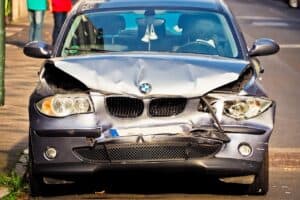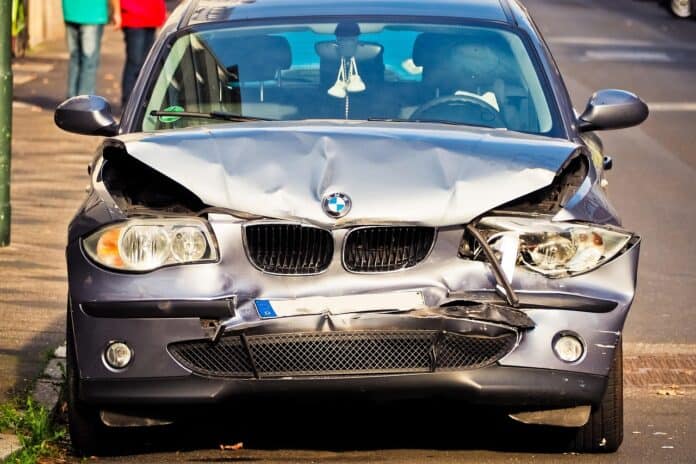
Introduction
One such life stressor is a car accident that can overwhelm an individual under its burden. Besides the shock, the most important question immediately after the accident is: Who is at fault? The issue of fault is so vital to identify because from insurance claims to lawsuits and damages, everything depends on it.
The law varies in applying comparative negligence or contributory negligence for blaming. And both of them impact not only the division of liability but also the amount of compensation to be paid to the victim. The additional bases are accident reports, statements of witnesses, and forensic reports. The following article will take you ways of determining the fault in car accident.
Understanding Comparative Negligence
Comparative negligence is the degree of fault is ascertained by comparing the contribution of both parties to the accident.
For instance, two drivers get into an accident at an intersection. One was speeding, and the other was running a red light. If one is found 70% at fault and the other 30%, then this percentage will alter what each can recover.
There are pure comparative negligence states where a driver may recover even when they are held largely at fault. There are modified comparative states where the injured party may recover only when they are less than 50% or 51% at fault, based on the state law being used.
The Strict Contributory Negligence
Contributory negligence, on the other hand, is so much stricter. Under this kind of rule, if one little bit contributed to an accident in any way whatsoever, he will not recover at all.
Such would be the case, for instance, where a pedestrian crosses the road contrary to the traffic lights and is knocked down by a speeding driver, as both of them were contributory to the accident, neither of them is entitled to any form of compensation.
Contributory negligence, through its perceived harshness, is largely criticized as unjust in the manner that it would leave an innocent victim of injury uncompensated financially where the other party was very much at fault for the accident.
How Fault is established.
It is not always quite so easy to place blame in an automobile accident. Police officers investigate accidents, occasionally with assistance from legal personnel and insurance adjustors, in order to assess liability.
The police records weather conditions, damage to vehicles, and any potential traffic violations at the scene. There are also eyewitness accounts, maybe people who were standing around or maybe other vehicles that were just passing by who may be able to tell what caused the accident.
Traffic regulations are strictly enforced: disregarding a stop sign, speeding, and texting while driving are all fault points Even the placement and range of damage to the vehicles can recreate what occurred in the lead-up to the accident.
Determination of Liability
Generally, the contributing element to any accident would be driver negligence. Of these driver-related negligent actions, driving with exceptionally high speeds, driving when distracted, and driving while intoxicated have been the main contributing reasons associated with thousands of traffic accidents on roads every year.
In those cases, car accidents could result from faulty vehicle parts, brakes, and airbags. There, the manufacturing company would bear the liability. Likewise, where an accident occurred due to the driver operating when he should be on work, vicarious liability, when found applicable, creates the liability against the employer himself.
It can be because of defective road design or poor maintenance, lack of stop signs, or malfunctioning traffic lights. In these circumstances, government agencies are responsible as they fail to provide safe conditions for driving.
Causation in Proving Fault
Even in the finding of negligence on the part of a driver, it would further have to be proved that a driver’s negligence was the cause, or more appropriately termed, the proximate cause of the accident. This is what is called causation.
First, a party injured would have to show that the other driver had a duty to drive his vehicle in a careful manner. Secondly, they would need to prove the driver breached the duty by careless or negligent actions and that such breach proximately caused the accident and injuries.
For example, a victim should be able to show that had a driver stopped at the traffic light, and not passed a red light while trying to hit another vehicle, then the accident would never have happened. Types of proof of injury that include repair bills, doctor expenses, and salaries lost.
Conclusion
Fault determination in car accidents is a complex but necessary method. Comparative and contributory negligence statutes have added complexity to the blame apportioning process as well as govern who receives compensation.
Police reports, witness statements, and forensic data are all significant factors when assessing liability. The fault determination process becomes even more crucial to safeguard your rights and resolve an insurance claim.
Because accidents do occur to anyone, knowing these rules in advance guarantees that drivers are better able to manage post-accident scenarios with confidence. With an estimated millions of accidents happening each year, encouraging drivers to employ defensive driving habits is most essential to reducing collisions and preventing arguments regarding fault.



